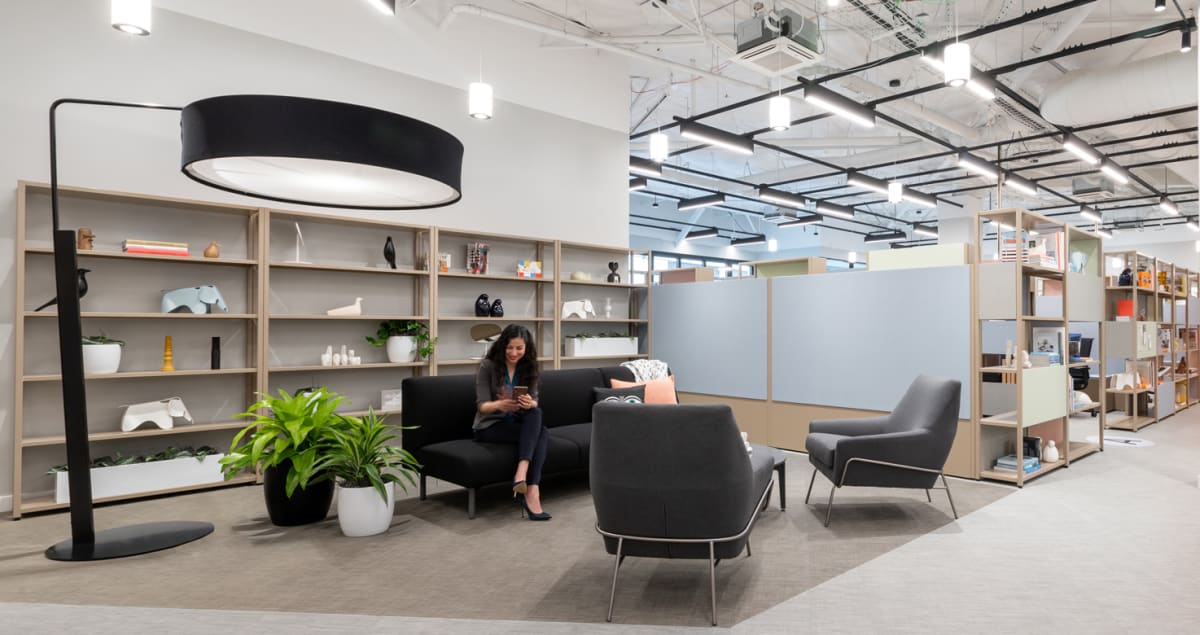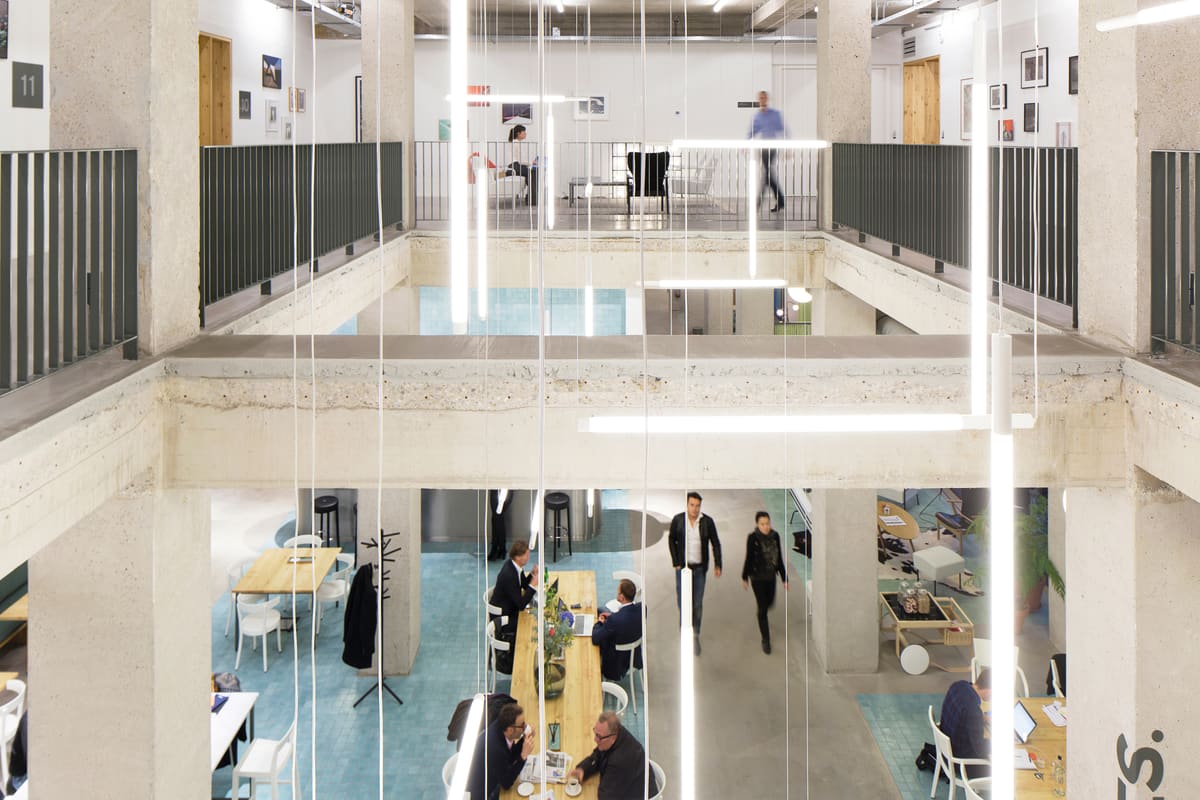The hybrid work revolution will play a pivotal role in revitalising town centres and suburbs in 2022 and beyond.
Covid-19 has caused a fundamental shift in how and where people work. With periods of lockdown initially forcing people to work from home, we’re now seeing the accelerated adoption of hybrid working around the world. This in turn, is leading to a mass movement away from city centres.
The increased demand for hybrid working – where employees split their time between an office HQ, working from home and local coworking spaces – has resulted in companies choosing to downsize central HQs in favour of a network of smaller satellite offices or access to coworking centres in areas closer to where employees live.
Providing flexspace is pivotal when addressing the demand for hybrid work, with major corporates such as NTT, Cisco and Standard Chartered partnering with IWG to provide their global workforce with access to its centres worldwide.
The rise of flexspace in the suburbs
According to IWG data, enquiries about flexspace in suburban and rural areas grew steadily throughout 2021. Meanwhile, a study by PwC revealed that only 8% of respondents expected to return to the corporate HQ five days per week.
By reducing commute time, employees can enjoy a better work-life balance and businesses benefit from a more productive workforce. But the rise of flexspace in local neighbourhoods can also give local economies a much-needed boost.
Job creation in local hospitality and customer service businesses, transfer of white-collar work away from city centres and the regeneration of local high streets through increased footfall and spending in cafés, restaurants, shops and local amenities are some of the main benefits.
Even before the pandemic, it was estimated that flexspace will contribute billions of dollars to smaller towns, cities and suburbs over the next 10 years.
Given the events of the past 18 months, and the significant number of companies that have been adopting the hybrid model, that figure is likely to be much higher than first thought.
“When people commute into major cities, their wallets commute with them,” says Mark Dixon, Founder and CEO of IWG. “Working locally keeps that spending power closer to home. Providing more opportunities for people to work closer to home can have a tremendous effect, not just on them, but on their local area, too.”
Reinventing the high street
According to the UK government’s High Streets Task Force, which is looking into the future of British towns, flexible workspaces will be a crucial part of the multifunctional town centre of the future, post-pandemic.
Flexspaces are also bringing new life to abandoned retail and hospitality units that were forced to close during the pandemic.
In Bogotá, Colombia, a new Spaces location, Spaces Nuestro Bogotá is situated in one of the city’s most popular shopping malls, while in California’s Napa Valley, IWG has unveiled the cutting-edge Spaces Napa, surrounded by restaurants, shops and leisure facilities.
Over in Brazil, two new flexspaces will open in Osasco, a district of São Paulo. The first will be a 1,000 sqm centre on Osasco’s main avenue, inside a building that also houses a hotel.
In response to the announcement of store closures in the UK, Dr Amna Khan, a senior lecturer in consumer behaviour and retailing at Manchester Metropolitan Business School, said that city centres need to become “multifunctional”, and not just rely on shops to attract spending. “As these stores are leaving the high street, what we’re seeing is a need for reinvention of the high street.”
Dixon concludes: “Just when local cities and towns seemed to be dying, Covid-19 may have come along and saved them.” He adds: “What were previously sleepy dormitory towns are set to become vibrant centres for work and community life.”
Looking for a new franchise venture? Learn more about opportunities with IWG.






